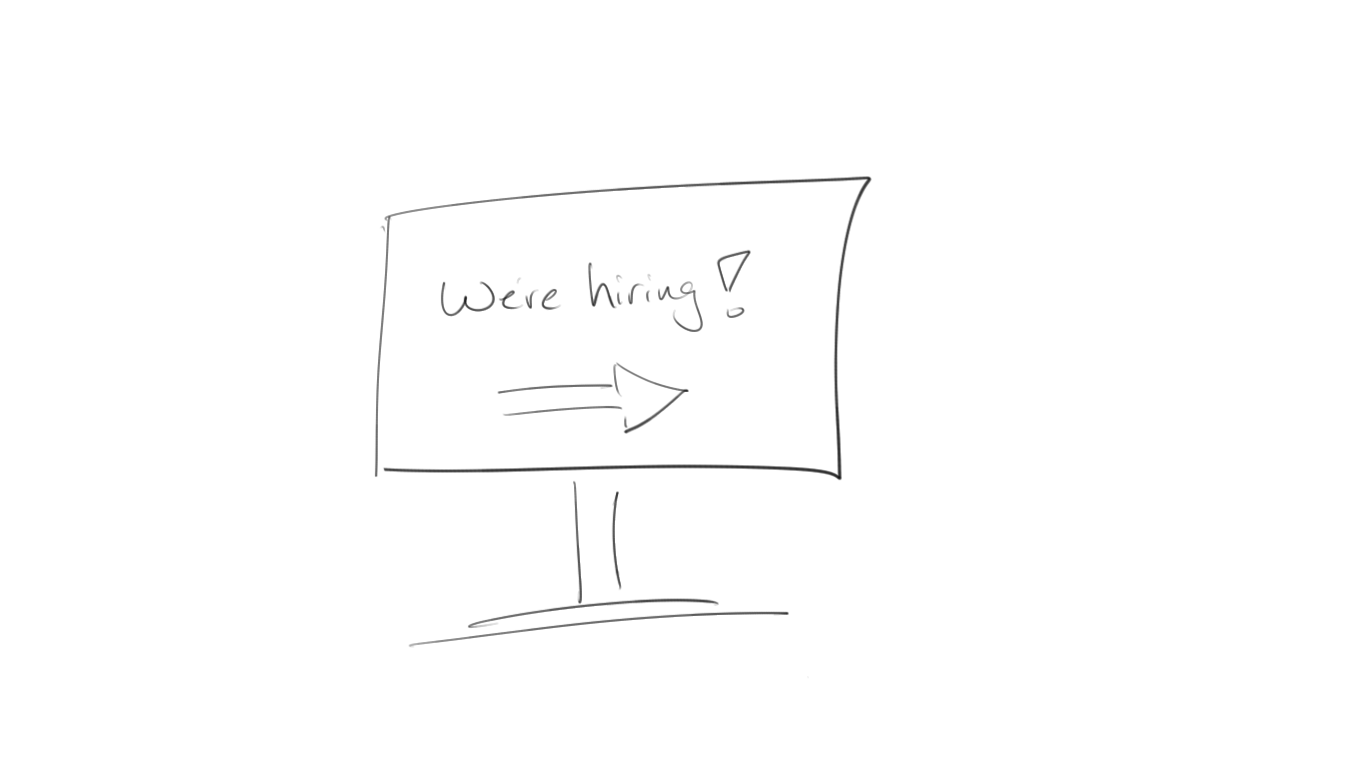CIO Australia magazine recently reached out and asked what were some of the things to avoid when hiring, and published my thoughts online. There were some great responses, and here is the excerpt containing my mine.
Scenario
The scenario was this:
The CIO is planning to tap into data and analytics to help grow the organisation, and needs to add to the team to execute and complete projects.
The CIO hands over a job description to a recruiter to source a data scientist or data analyst, an “IT resource needed for big data projects who has at least five years’ experience in working in this type of role and has a master’s degree in data analytics”.
The recruiter has a ‘tick-off’ list but cannot find an ideal candidate who ticks all the boxes. Nine months down the track, the organisation still has not found a suitable candidate, with the CIO feeling like his or her only option may be to outsource the role.
What could be wrong with this situation?
My thoughts on hiring
I usually hire on potential rather than hard skills. Someone with at least five years’ experience in a nascent field is going to be hard to find anyway, so I would look for transferable skills such as problem solving or pattern analysis.
What you’ll find is people who come from traditional BI sort of space, who have reinvented themselves.
However, it’s a significantly different mindset to do big data type analysis versus doing traditional BI analysis. They are very different things, because they start from different points. One’s more exploratory and the other one is based on having a well understood set of parameters that you investigate.
There are parallel fields that lend themselves well to this sort of skillset – people who have a masters or a PhD in mathematics or propositional logic and that sort of stuff. You can tap into that sort of skillset.
It’s about how much time you want to invest in bringing them up to speed with commercial realities. What you really may want is someone with the core ability to attack a certain type of problem. Everything else you can polish around that.
I also wouldn’t necessarily start by looking for someone to fill the role directly if I didn’t understand it deeply first. My approach would be to engage a specialised consulting service to deliver two outcomes: set up the data analytics practice or framework, and then assist me in recruiting the right person to fill the role.
That way the consulting service, that I would ensure has expertise in data analytics, has assessed the maturity required to deal with the problem in my organisation, and can provide advice on what specific skills are required. They usually have a much better network of skilled professionals due to their focus or specialisation.
If engaging a consulting service was not an option, I would reach out to my personal network to source the data analyst.
If it was me, I wouldn’t write the job description for a data analyst by myself – I’ve been off the tools for so long so I wouldn’t know what to say technically. If you want to attract the right sort of people then you have to speak their language.
I don’t necessarily write job ads for developers or engineers, my teams helps re-write them because they understand what is current in the marketplace and what attracts the right sort of people.
Your thoughts on hiring
Do you contribute to recruitment in your organisation, and what sort of challenges do you face? Join the conversation in the comments here or on the CIO Australia website.
